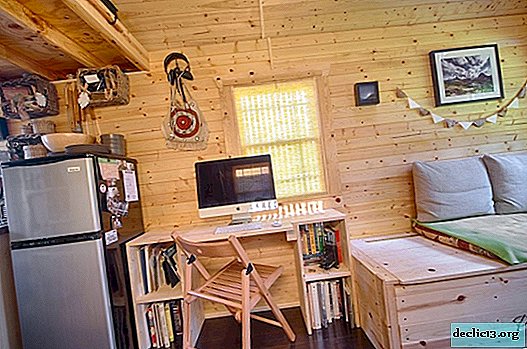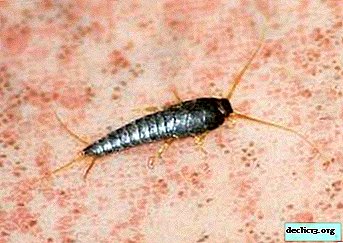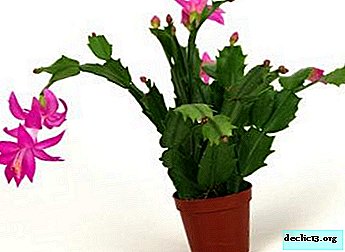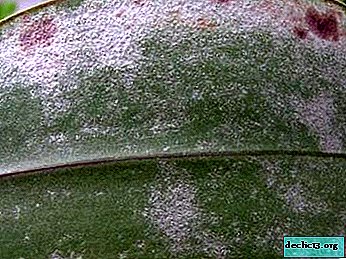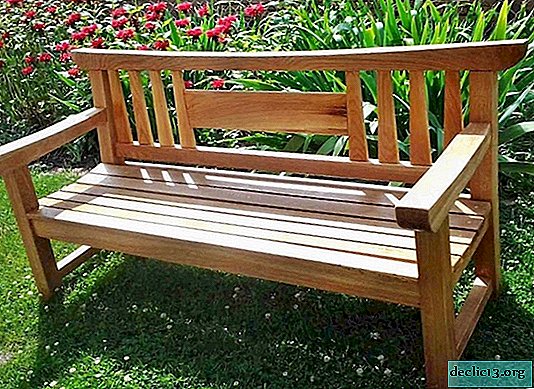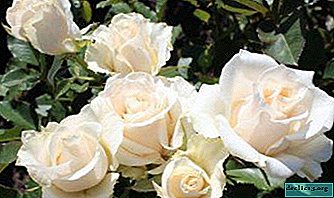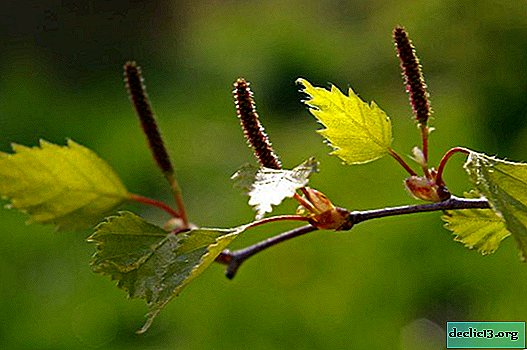Home care for dieffenbachia

Dieffenbachia is an ornamental plant that, thanks to its beautiful large leaves, has found application in interior design. If you decide to plant this evergreen tropical shrub at home, carefully study the material, what to learn how to care for Dieffenbachia at home.
Dieffenbachia has a drawback. Milky juice is poisonous and can cause a person to blindness, swelling of the larynx or tongue. As for children and pets, the plant causes significant harm to them. Therefore, it is recommended to observe safety measures.
Care Secrets
- Lighting. Dieffenbachia likes light, but the direct rays of the sun are destructive for leaf blades. Take care that the light is scattered. I recommend keeping it on the east or west window. The northern windows are not suitable, as the leaves shrink and become less bright.
- Watering. In the natural environment, Dieffenbachia grows in tropical forests and does not tolerate dry air and soil. Water regularly (once every three days) using rain, melt, or standing water. Spray the flower and wipe the leaves with a wet rag.
- Top dressing. The plant is growing rapidly. He needs nutrients. Feed from spring to autumn three to four times a month using complex fertilizers of an organic or mineral nature.
- Transfer. I advise you to transplant in a large pot in the spring, every three years. At the bottom of the pot, make a drainage layer of pebbles or expanded clay, then pour soil. Remove Dieffenbachia from the old pot, examine the root system, cut off rotten or damaged roots, treat the cuts with charcoal and place in a new pot.
At first glance, it seems that taking care of Dieffenbachia at home is simple. It is, but remember that juice is poisonous. Contact him as carefully as possible. With experience, care will become simpler and labor costs will pay off for the unsurpassed beauty of the flower.
Kinds
In the natural environment, Dieffenbachia grows in the South American tropics and has about thirty species. Considering all types in one material is problematic, so I will introduce you to the common ones.
The evergreen and perennial shrub has a straight, strong trunk of green color. Wide leaves of unusual color are attached to it. We are talking about yellow spots, stripes and specks.
Due to the symmetrical shape and unusual coloring of the leaves, Dieffenbachia is popular. It is endowed with nature with a unique decorative effect. It is not surprising that the plant is used by housewives to decorate the interior of the house.
5 popular types of dieffenbachia:
- Lovely. It feels great in heated rooms and easily tolerates the shadow. The length of the massive green leaves reaches half a meter, and along the veins are white stripes. For many years it has been used for decorating office and residential premises.
- Leopold. It has a small size. The height of the stem does not exceed 5 centimeters, and the diameter is within two. Pale green petioles, covered with purple spots, shorter than dark green leaves. The flowers collected in inflorescences are wrapped in a white sheet-coverlet. The species is considered the most decorative and is easily grown in apartment conditions.
- Camilla. Considered a favorite of flower growers. The height of a tree plant with large light green leaves reaches two meters. The disadvantage is that the lower part is exposed over time. At home, Camilla rarely blooms.
- Bush. An unpretentious, stunted plant 70 cm high, which has light green leaves with a white vein. The view is similar in appearance to Leopold's Dieffenbachia.
- Mix. Evergreen plant from the South American tropics. There are fifty varieties of the variety represented.
If floriculture is your hobby, and Dieffenbachia is not yet in the home garden, get it and start growing. I’ll say with confidence that in the near future it will become a highlight of the flower collection.
Reproduction of Dieffenbachia
In this part of the article, we consider the propagation of Dieffenbachia. With this information, you can easily increase the number of plants in the green corner. This will help to decorate the room and save money, because you do not have to buy young individuals. In total, there are three ways to propagate Dieffenbachia. The procedure is practically no different from the reproduction of croton.
The first method is the apical
- Cut off the top of the flower with three leaves and place in the water to take root. Lower the container with the handle in a plastic bag and periodically spray the leaves.
- As soon as the length of the young roots reaches a mark of five centimeters, open the bag, and remove it completely later. It remains to plant Dieffenbachia in a suitable pot.
The second way - by dividing the trunk
- On the stem of Dieffenbachia, make an incision and remove a bark fragment one and a half centimeters long at a distance of fifteen centimeters from the bottom leaf. Sprinkle the resulting "wound" with a growth stimulant and wrap a moistened piece of sphagnum moss. Wrap everything and tie.
- After the appearance of large roots that can provide leaves with moisture, cut off the crown from the shoot, and sprinkle the cut with charcoal. Then remove the film, and transplant the top with the roots into a pot.
The third way - cuttings
- Cut the stalk of an old plant into fragments about five centimeters long and place in water. After two decades, the cuttings will take root, after planting them in the ground.
- To root the cuttings, keep in a warm place, providing protection from direct sunlight. After the appearance of growth buds and young leaves, put dieffenbachia on the windowsill.
Video instruction
Bush dieffenbachia is propagated using cuttings. To do this, put one piece in a pot. If the plant has grown, the bush is carefully divided into parts, trying not to harm the root system. After the resulting fragments are planted in pots to root.
Breeding problems
The final part of the material is devoted to the problems and diseases that you will encounter when growing Dieffenbachia.
The flower fades and discards leaves
The most common inconvenience is caused by fungal diseases caused by high humidity in the room. In this case, the flower fades and discards the leaves, and the topsoil in the pot does not dry out. For treatment, take Dieffenbachia from the ground, examine the root system, remove rotten roots, and treat the wound with activated charcoal or cinnamon. After the plant, plant in fresh soil, watered with a light solution of potassium permanganate.
The stalk becomes soft and turns pale
If the stem turns pale and the base becomes soft, it is caused by low temperature. Cut the damaged area and process it with charcoal, and transplant the plant into a pot with new soil. If the entire stem is affected, root the top and discard the rest.
Young leaves showered
There are times when a flower sheds young leaves. Drafts along with dry or cold air lead to such consequences. If the leaves turn yellow or curl, Dieffenbachia does not have enough heat, and when brown or brown spots appear, this is a sign of a lack of moisture.
Can Dieffenbachia be kept at home?
This beautiful flower may be helpful. It contains volatile, improving the composition of the air and killing the harmful microorganisms that it contains. Dieffenbachia also absorbs toxins. It is not surprising that it is recommended to grow it in a production accompanied by the release of toxic substances.
Dieffenbachia moisturizes the air, which helps to reduce the amount of dust in the rooms, it has a beneficial effect on the functioning of the heart and cardiovascular system.
Contrary to the listed beneficial properties, the plant is capable of harming the human body. Leaves secrete poisonous juice, the ingress of which on the mucous membrane of the eyes or skin causes swelling or irritation. The substance in the flower causes dumbness, swelling of the tongue, or blindness. But if you handle it carefully and act carefully, nothing bad will happen. Therefore, in the arsenal of any grower should be gloves.
It is dangerous for dogs with cats. An animal that has bitten a leaf will lose its ability to breathe due to laryngeal edema. But do not underestimate pets. They are smart and bypass the plant that poses a threat to them.









